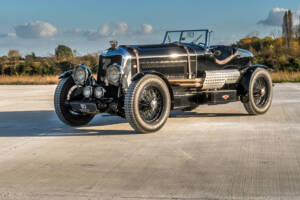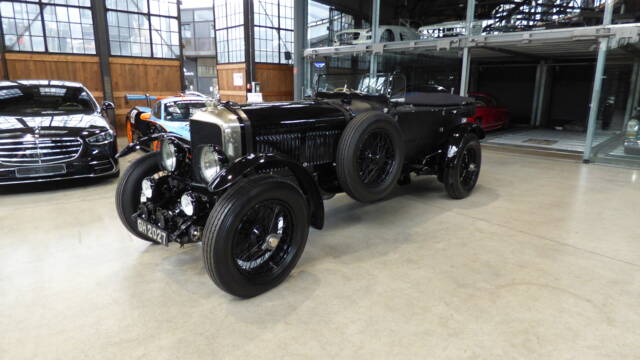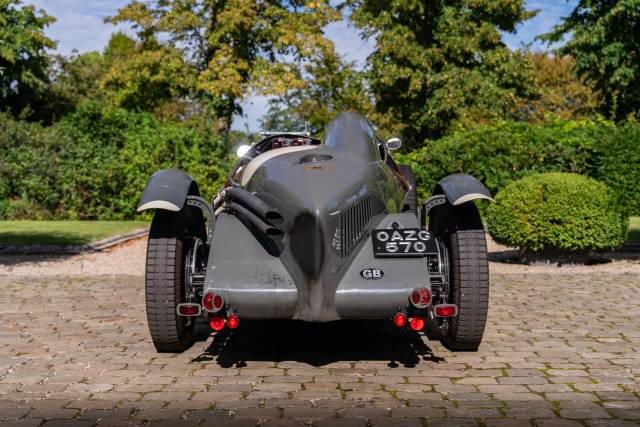Bentley 6 1/2 Litre Classic Cars for Sale
The Bentley 6 1/2 Litre, produced from 1926 to 1930, stands out with its robust six-cylinder engine, versatile chassis lengths, and a strong racing legacy—most notably, the Le Mans victories. Thanks to custom coachbuilding and reliable mechanics, each car presents a unique piece of British automotive history suited for both luxury touring and sporting events.
Suchergebnisse
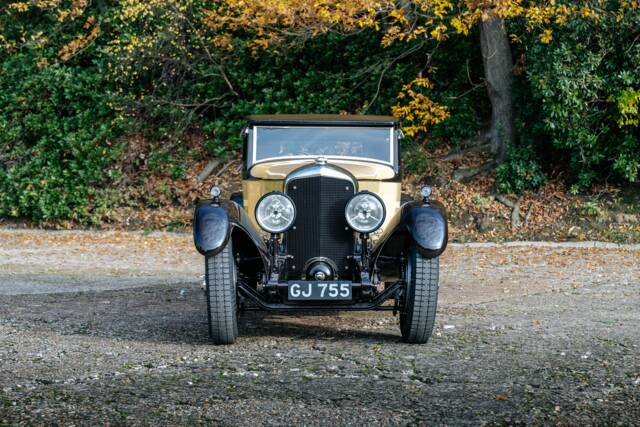
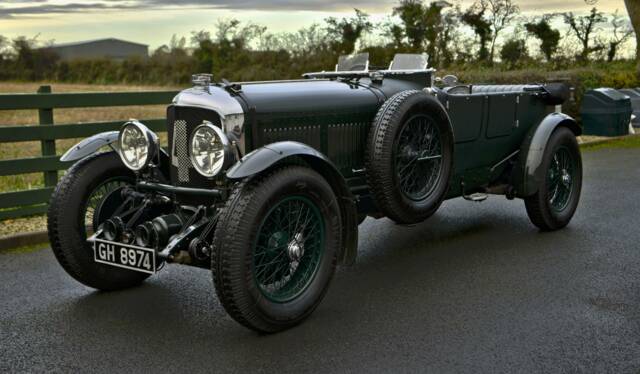
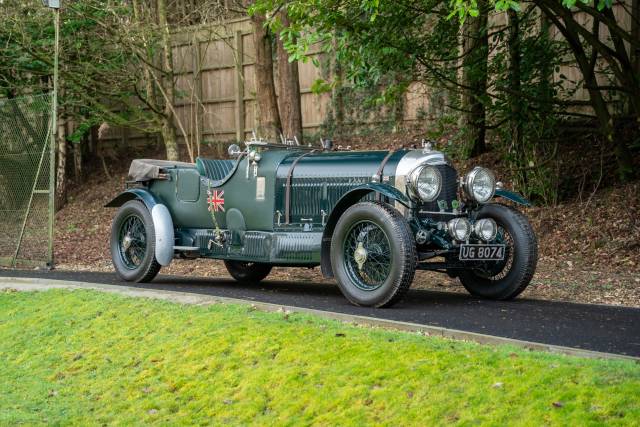
1935 | Bentley 6 1/2 Litre Speed Eight Special
1935 Bentley Le Mans Petersen Speed 8 Special
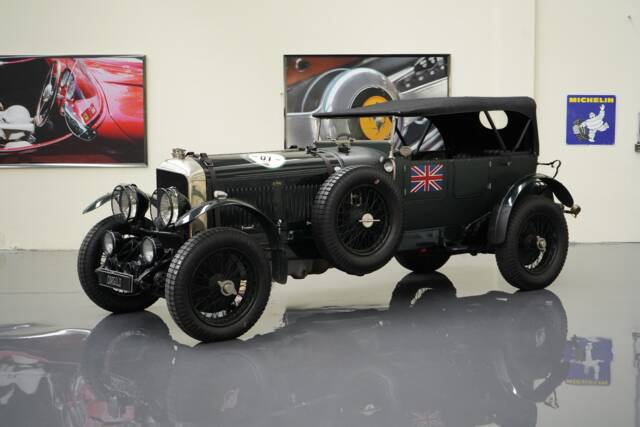
1929 | Bentley 6 1/2 Litre Speed Six
Technik für über 200.000 CHF überholt
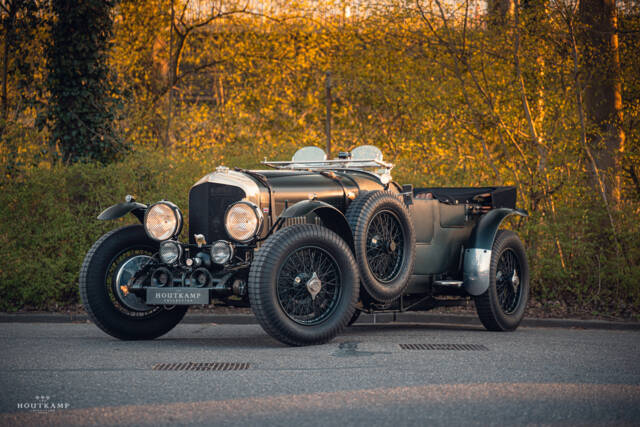
1929 | Bentley 6 1/2 Litre Speed Six
A stunning recreation of Bentley’s world-beating Speed Six, built using period-correct Bentley and Rolls-Royce components

VAT is reclaimable
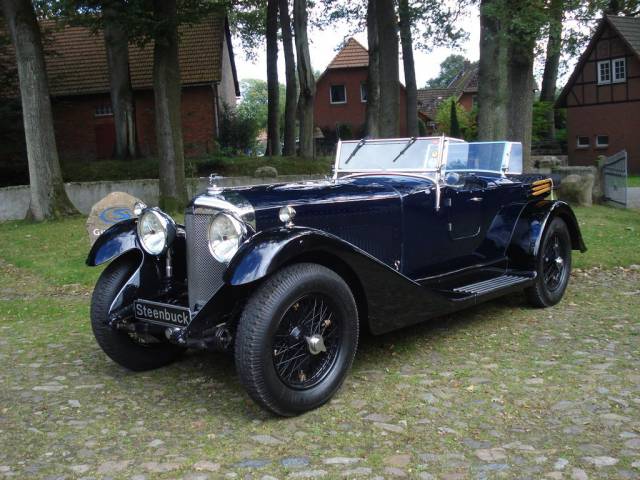
1931 | Bentley 6 1/2 Litre
Bentley Dual Cowl Tourer Nr. 22 with powerful 6 1/2 litre engine
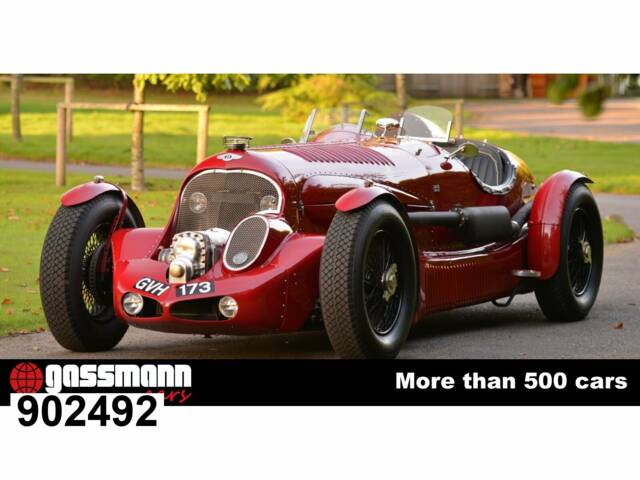
1938 | Bentley 6 1/2 Litre Petersen Special
SUPERCHARGED PETERSEN RACER 6.5 L
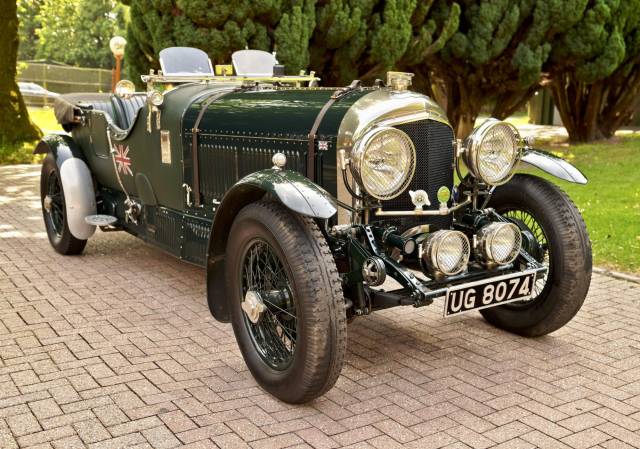
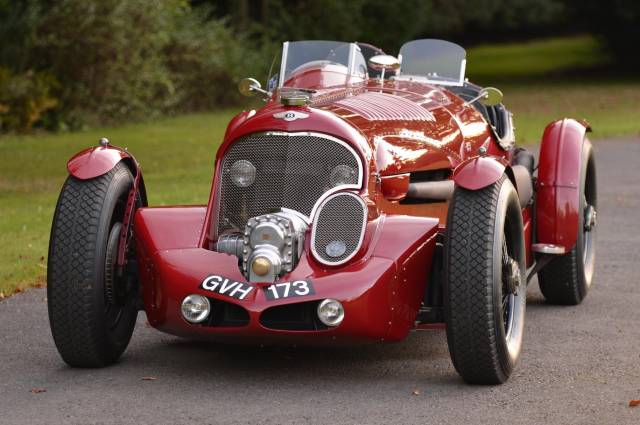
Bentley 6 1/2 Litre listing references from Classic Trader
Below you will find listings related to your search that are no longer available on Classic Trader. Use this information to gain insight into availability, value trends, and current pricing for a "Bentley 6 1/2 Litre" to make a more informed purchasing decision.
1930 | Bentley 6 1/2 Litre Speed Six
Online auction of a vintage car BENTLEY 6 1/2 LITER SPEED 6

1929 | Bentley 6 1/2 Litre Speed Six
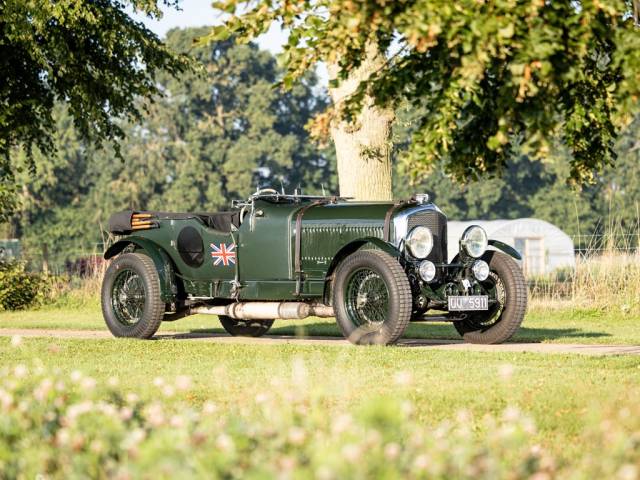
1929 | Bentley 6 1/2 Litre Speed Six
1929 Bentley Speed Six Le Mans Tourer in the style of Vanden Plas
1950 | Bentley 6 1/2 Litre Special B-Racer
Amazing Bentley Special 3/8 Racer built by Racing Green Engineering
History and Introduction of the Bentley 6 1/2 Litre
Bentley launched the 6 1/2 Litre in 1926 as a direct response to mounting customer demand for ever grander and heavier coachworks, which challenged the limits of earlier Bentley engines. W.O. Bentley engineered a robust chassis and mated it to a new inline six-cylinder, overhead-cam, 6.6-litre engine delivering approximately 150 hp. This model enabled bespoke coachbuilders—such as Vanden Plas, Hooper and Gurney Nutting—to create everything from luxurious limousines to lightweight, open tourers. Over its production lifespan until 1930, 545 chassis were constructed, including both touring and competition variants. The introduction of the Speed Six in 1928 marked Bentley's growing focus on sports performance and competitive racing, culminating in consecutive Le Mans victories in 1929 and 1930.
Model History
The 6 1/2 Litre followed the Bentley 3 Litre, offering a chassis capable of handling heavier, more elaborate bodies without compromising driving performance. With various chassis lengths—from short, agile frames suited to sports use, through to extended wheelbases for prestige bodies—Bentley enabled a range of custom configurations. The range culminated in the Speed Six, fitted with twin SU carburettors, high-compression pistons, and a notable boost to 180 hp. After its production ceased in 1930, the 8 Litre succeeded the 6 1/2 Litre as Bentley's flagship.
Highlights of the Bentley 6 1/2 Litre
One of the principal attractions of the Bentley 6 1/2 Litre lies in its dual character: capable of both refined, comfortable touring and impressive motorsport achievements. Custom-built bodies from Vanden Plas or Gurney Nutting grace both open tourers and opulent saloons. Standout mechanical features include mechanically servo-assisted drum brakes, a rigid ladder frame, and a particularly durable long-stroke engine. Markings also distinguish variants: standard models feature blue Bentley logos, while Speed Six models are identified by green badges. Notably, the Speed Six achieved Le Mans victory in both 1929 and 1930, and the cars’ motorsport heritage is closely tied to their collectability and engineering credibility.
Technical Data
Special Editions and Collectible Models
Several unique versions boost the cachet of the 6 1/2 Litre. The Speed Six, presented in 1928, featured augmented power and a strengthened chassis for motorsport. Key Speed Six chassis—such as the four short-wheelbase Le Mans works racecars—achieved significant victories including consecutive 24 Hours of Le Mans wins. The rare Bob Tail, exclusive to the Australian market and distinguished by its shorter wheelbase, and coachbuilt cars with specific bodywork are particularly sought after. Notably, the 'Blue Train Bentleys' became famous for their high-speed run against the luxurious French train and their subsequent historical status.
Engine and Performance, Transmission and Handling
The 6 1/2 Litre offered potent and flexible performance, being developed specifically to accommodate the increasing weight and luxury of custom coachwork. Its long-stroke inline six delivered a broad torque curve ideal for relaxed touring, while the Speed Six specification—thanks to revised camshaft profiles, twin SU carburettors and greater compression—boosted performance for spirited driving and racing. Notable for their strength and endurance, these engines performed strongly on long-distance rallies and motorsport events, as evidenced by Le Mans victories. The 4-speed manual gearbox was robust, with a progressive clutch, and the fiercely effective mechanical servo brakes provided stopping power rare among contemporaries. Suspension and chassis setup endowed the car with stability on poor 1920s roads, and short-wheelbase cars proved agile and quick. - Bentley 6 1/2 Litre Speed Six: Twin SU carburettors, 180 hp, shorter wheelbase for racing agility, Le Mans winner in 1929 and 1930.
- Tourer by Vanden Plas: Lightweight body, favoured by sporting privateers.
- Saloon by Hooper: Luxurious, heavy-bodied touring car for high society use.
Interior, Comfort, Exterior and Design
Coachbuilt bodies on the 6 1/2 Litre ranged from opulent enclosed saloons to purpose-built racer tourers. Highlights include external exhaust pipes, large headlamps, and long, balanced bonnets reflecting its mechanical grandeur. Interiors often featured fine leather, polished wood dashboards, and, in some bespoke builds, elaborate instrumentation. Accessories could include spot lamps, specialised rally tools, and custom luggage racks. Original models frequently had 21-inch wire wheels, though these were often swapped for 19-inch versions for a sportier stance. The blue badge on standard models and green badge on Speed Six versions are subtle but important authenticity cues. Roof and interior options were tuned to owner preferences, often with rare woods and detailed craftsmanship case-by-case.
Other Noteworthy Features
With many cars extensively restored, re-bodied or further modified, provenance and correct specification are crucial to value and collectability. Known to be suitable for long-distance classic rallies and historic motorsport events, surviving documentation by marque historians such as Clare Hay adds to the depth of research available for individual chassis. A handful of factory race cars and notable builds make each survivor a documented part of British motoring heritage.
Summary
The Bentley 6 1/2 Litre delivers a unique balance of robust engineering, custom coachbuilding, and competitive history from the late 1920s. Whether as an opulent saloon or a race-winning Speed Six, these vehicles set a technical benchmark for high-performance luxury of the era. With every car individually tailored and detailed, and a strong period reputation for endurance and speed, the 6 1/2 Litre remains a definitive example of advanced British automotive engineering.





